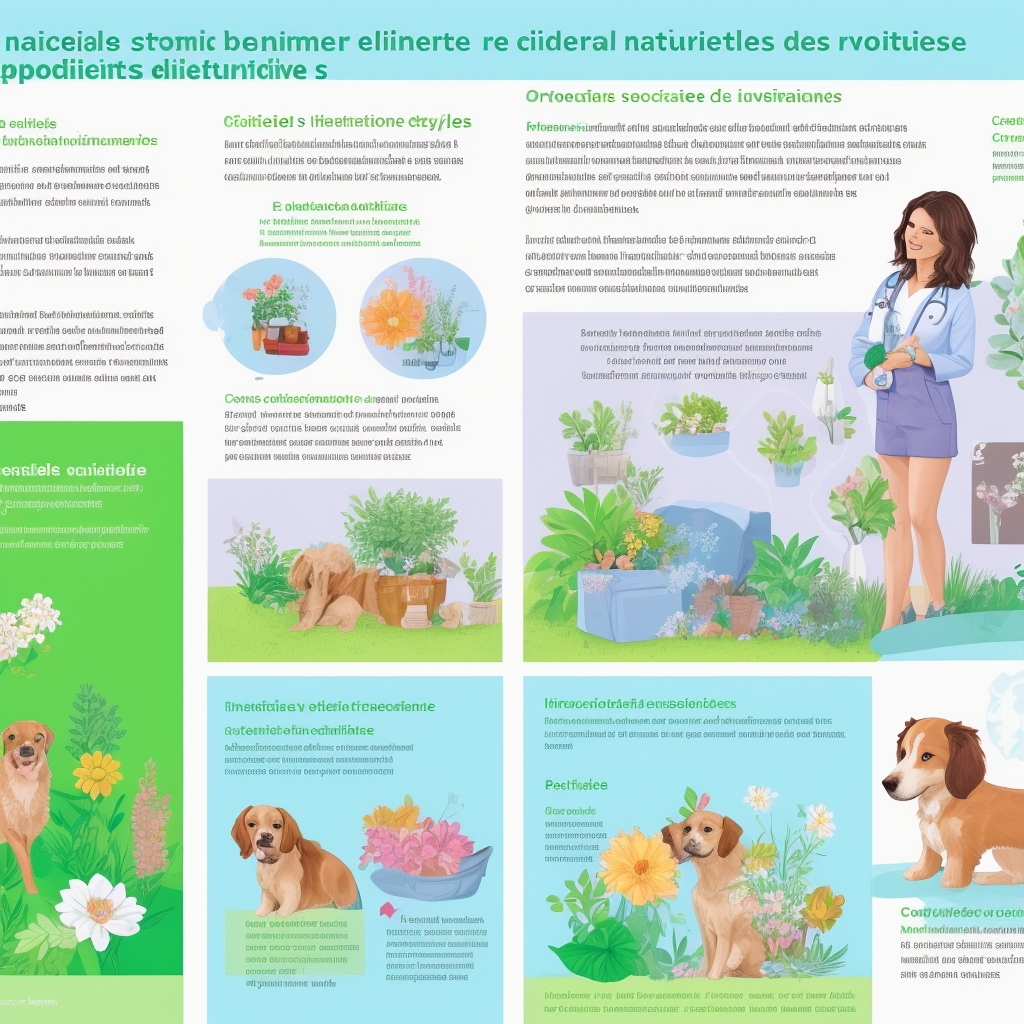In a world where pets hold a central place in our lives, the health and well-being of dogs have become a priority. Veterinary treatments and alternative therapies for our four-legged companions are rapidly evolving, adapting to the specific needs of each dog, based on their age, breed, and lifestyle.
This article explores various therapeutic approaches, from traditional veterinary care to emerging practices, with concrete examples and recommendations. Whether dealing with chronic conditions, anxious behaviors, or simply optimizing well-being, many solutions exist.
Types of Therapies and Treatments
1. Conventional Veterinary Medicine
a. Generalist and Specialist Veterinarians
Generalist veterinarians provide overall care for dogs: vaccinations, health check-ups, and common treatments. Specialists intervene for specific areas (dermatology, orthopedics, neurology, etc.).
b. Veterinary Medications
Prescribed medications target specific pathologies: anti-inflammatories for arthritis, antibiotics for infections, or anxiolytics for behavioral disorders.
2. Alternative and Complementary Therapies
a. Veterinary Acupuncture
Adapted from human practices, acupuncture for dogs can relieve chronic pain, improve joint mobility, or support post-surgical recovery.
b. Aromatherapy
The controlled use of essential oils (e.g., lavender to soothe anxiety) is becoming more common, though their use must always be supervised by a veterinarian.
c. Massage Therapy and Osteopathy
These techniques can relieve muscle tension, improve circulation, and aid physical recovery, especially in older or athletic dogs.
3. Behavioral and Psychological Therapies
a. Positive Education and Behavioral Therapy
Gentle methods can correct problematic behaviors (fear, aggression, separation anxiety) through understanding and modifying emotional responses.
b. Mental Enrichment and Cognitive Activity
Interactive games, daily training, olfactory stimulation: these activities reduce boredom, prevent behavioral issues, and strengthen the human-dog bond.
Concrete Examples and Use Cases
Case 1: Arthritis in an Elderly Dog
A senior Labrador showed signs of joint stiffness. In addition to anti-inflammatory treatment, his owner introduced canine osteopathy sessions and dietary supplements. The result: better mobility and more enthusiasm during walks.
Case 2: Separation Anxiety
A young Border Collie exhibited severe anxiety when his owner was absent. Behavioral therapy, combined with the occasional use of an essential oil diffuser and interactive toys, led to significant improvement.
Case 3: Stressed Dog After a Move
A Shiba Inu, stressed after a change in environment, benefited from a relaxation program: regular walks, soothing music, gentle massages, and a stable routine. Within a few weeks, his behavior stabilized.
Key Points and Best Practices
| Key | Description |
|---|---|
| Individualized Approach | Adapt care to the temperament, breed, age, and lifestyle. |
| Combination of Methods | A mixed strategy (veterinary + complementary therapies) is effective. |
| Regular Veterinary Follow-up | Health check-ups, treatment adjustments, disease prevention. |
| Owner Education | An informed owner acts better and sooner for their pet’s well-being. |
Conclusion
Caring for your dog goes far beyond annual vet visits. A holistic approach, blending conventional medicine, natural alternatives, and behavioral support, provides a longer, healthier, and more serene life for your companion.
Every dog is unique, and it’s essential to consult qualified professionals to create a tailored care plan. Listening, observation, and personalized support are the pillars of lasting well-being for our four-legged friends.
What specific health concerns are you currently addressing with your dog, or are you looking for general wellness strategies?







